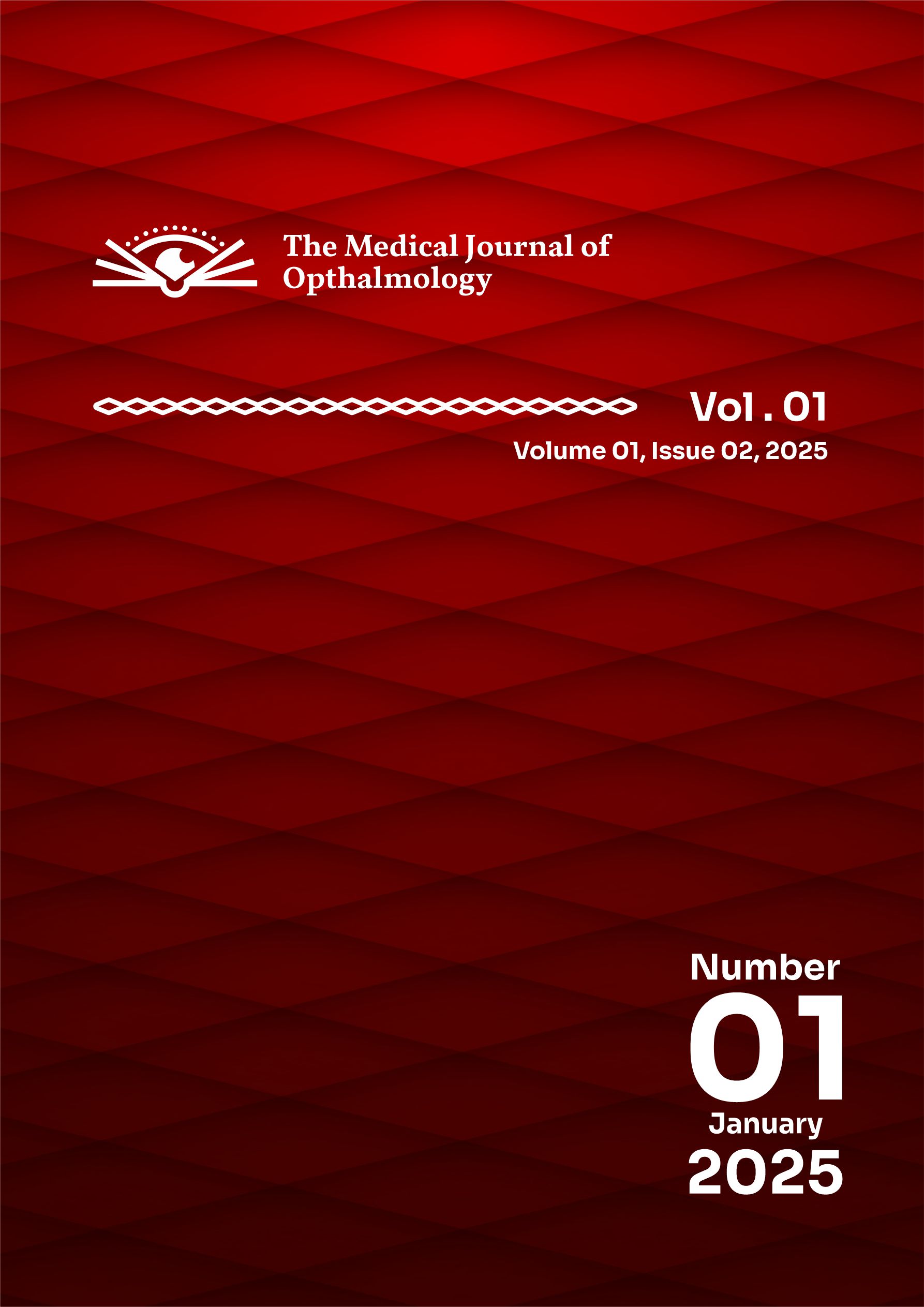Malignant Glaucoma
Main Article Content
Abstract
Background: Malignant glaucoma, also referred to as aqueous misdirection syndrome or ciliary block glaucoma, presents significant challenges in ocular treatment due to its complex pathophysiology and varied clinical manifestations. Literature Review: (Yu et al., 2018) evaluated a novel surgical technique that combined ciliary ring incision with modified partial pars plana vitrectomy, demonstrating significant improvements in IOP and anterior chamber depth. This method offers a promising alternative for treating malignant glaucoma, particularly in phakic patients, and highlights the importance of tailored surgical strategies. (Tang et al., 2018) reinforced the significance of innovative surgical approaches, reporting on combined techniques that effectively address the complexities of malignant glaucoma. Their findings support the notion that advancements in surgical management are critical for improving patient outcomes. (S. Shute et al., 2019) investigated the seasonal incidence of malignant glaucoma, providing insights into its multifactorial nature and the necessity for vigilant postoperative monitoring, particularly in patients with anatomical predispositions. (CHALKIAS et al., 2019) also explored various surgical options available for managing malignant glaucoma, further illustrating the condition's challenging nature. (El Matri et al., 2022) presented a case report that highlighted the rarity and complexity of managing bilateral post-uveitic complex glaucoma, which included malignant glaucoma. Their findings emphasize the intricate nature of this condition, especially when associated with other ocular complications. Conclusion: In conclusion, the literature presents a comprehensive overview of malignant glaucoma, emphasizing the critical role of innovative surgical techniques and a nuanced understanding of its pathophysiology. Ongoing research and interdisciplinary approaches are essential for addressing the complexities of this condition, ultimately leading to improved patient outcomes and management strategies.

